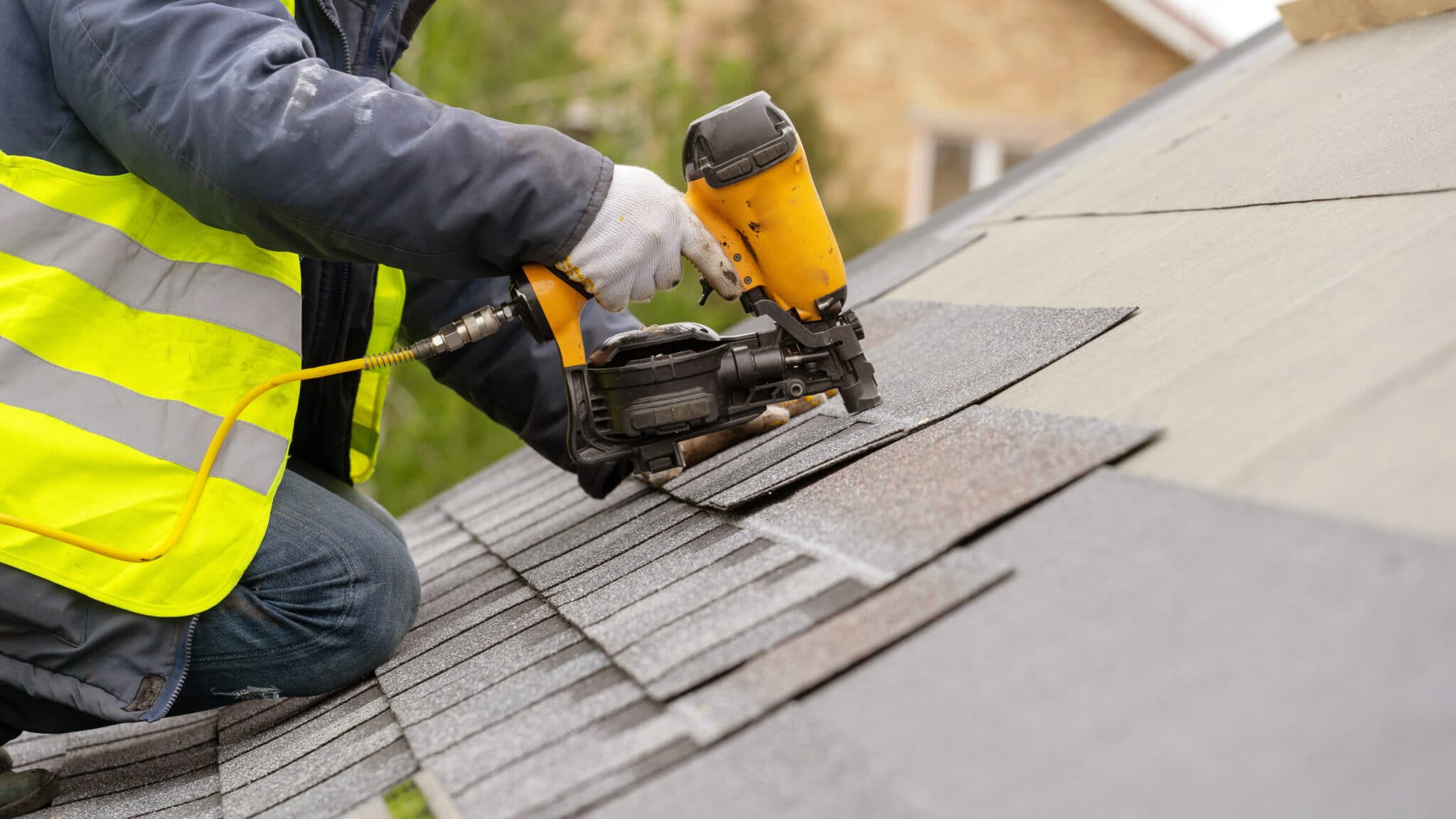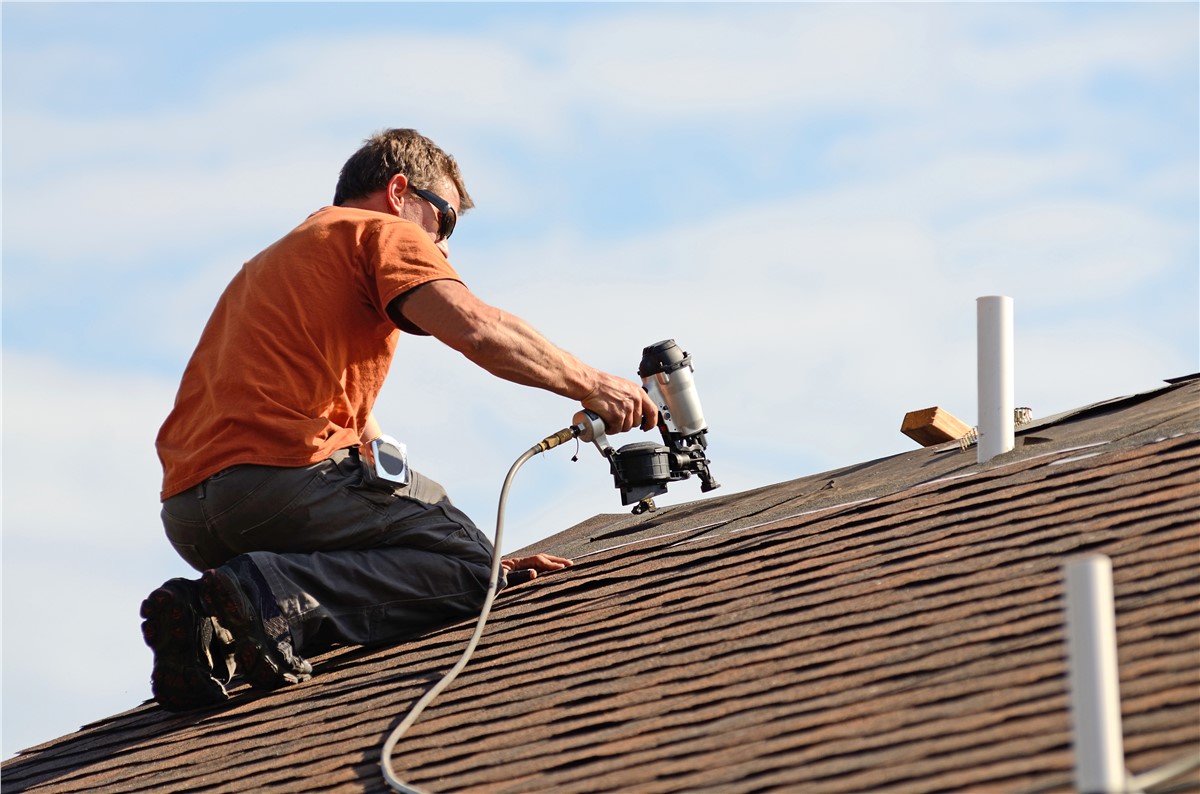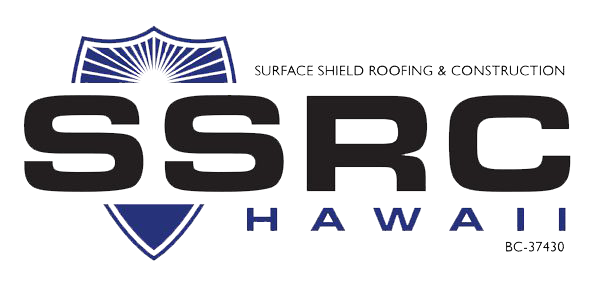Discovering the Different Sorts Of Roofing Systems: Which One Is Best for Your Home?
When taking into consideration the myriad sorts of roofings available, it is vital to evaluate exactly how each choice aligns with your home's distinct needs, consisting of environment conditions, aesthetic choices, and architectural functionality. From the classic saddleback roof that effectively networks rain to the modern flat roofing offering city adaptability, each style provides distinct advantages and difficulties. In addition, the choice may substantially influence lasting upkeep and energy efficiency. As you contemplate the very best suitable for your house, it is very important to weigh these elements very carefully, especially as some choices might stun you with their potential benefits.
Gable Roofings
Gable roof coverings, defined by their triangular form and sloping sides, are a popular choice amongst house owners seeking both aesthetic appeal and capability. This roof style successfully permits efficient water drainage, decreasing the threat of water merging and succeeding damages. In addition, the high slopes develop ample attic room area, which can be utilized for storage and even transformed right into living areas.
Among the key advantages of saddleback roofs is their capability to endure harsh weather. The style helps in lessening wind resistance, making them especially appropriate for areas prone to storms. In addition, gable roof coverings can be constructed utilizing a range of materials, consisting of roof shingles, ceramic tiles, and metal, giving homeowners with versatility in style and budget.
From an architectural viewpoint, saddleback roofs can enhance the aesthetic charm of a home, providing a timeless and classic appearance. They can complement different building styles, from typical to modern layouts. Nonetheless, it is vital to consider possible drawbacks, such as the sensitivity to snow build-up in cooler climates. Overall, saddleback roofs remain a preferred option as a result of their balance of practicality and design, interesting a vast array of home owners.
Flat Roofs
While typically overlooked for even more standard roofing system styles, flat roofing systems supply special benefits that accommodate certain building demands and contemporary layout choices. These roofs are identified by their minimal pitch, permitting effective use of space, especially in city settings where making the most of square video is vital.
One substantial benefit of level roofs is their flexibility. They can be utilized as additional space, such as rooftop gardens, patio areas, or solar panel installments, enhancing the capability of a home. Furthermore, level roofings are typically less complicated and much safer to navigate during upkeep, facilitating fixings and inspections without the challenges presented by steep inclines.
Level roof coverings can likewise be a lot more cost-effective in terms of materials and installment. With a less complex layout, they frequently require fewer sources, converting into lower labor prices. Nevertheless, it's critical to think about water drainage and waterproofing, as level roof coverings can be vulnerable to pooling water otherwise appropriately developed.

Hip Roofings
Hip roofs stand apart for their sophisticated layout and structural stability, making them a popular option amongst house owners. Identified by slopes on all 4 sides, hip roofing systems supply a healthy visual that enhances numerous building designs - roof repair oahu. The page balanced nature of these roofs helps to disperse weight equally, enhancing stability and sturdiness
One of the essential advantages of hip check that roofs is their capability to hold up against extreme climate condition. The sloped surfaces promote effective water drainage and snow drainage, decreasing the threat of leaks and architectural damages. Additionally, the style reduces wind resistance, making hip roofings less prone to wind uplift compared to various other roof covering types.


Shed Roof Coverings
Lost roofs, in contrast to the intricacy of hip roofing systems, offer a structured and minimal design that attract modern aesthetic appeals. Characterized by a solitary sloping surface area, shed roofing systems are typically utilized in contemporary architecture, yard sheds, and various other practical structures. This simpleness not only improves visual allure however also permits efficient water overflow, making them appropriate for numerous climates.
One of the main advantages of shed roofings is their cost-effectiveness. With fewer materials required and a straightforward installment process, house owners can conserve both time and cash. The layout additionally allows the consolidation of large home windows or skylights, advertising all-natural light and developing sizable interiors.
Nevertheless, it is important to take into consideration the potential drawbacks, including limited insulation choices and the requirement for careful style to avoid excessive heat build-up. Furthermore, dropped roofs might not blend perfectly with conventional design, which can be a worry for some homeowners.
Inevitably, dropped roof coverings provide a trendy and functional roofing remedy for those seeking modernity and performance. When picking a roofing kind, reviewing individual visual preferences and useful needs will lead homeowners to the best option for their one-of-a-kind demands.
Mansard Roof Coverings
Mansard roofs, great site characterized by their unique four-sided layout, are a trademark of French design that combines style with capability. This building design includes two slopes on each side, with the reduced incline being steeper than the upper one. The one-of-a-kind setup enables extra home in the top degrees, making it an ideal option for homeowners looking for to maximize functional location without broadening the structure's impact.
Among the considerable benefits of a mansard roofing is its adaptability. It can be adjusted to various architectural styles, from typical to modern, improving the visual appeal of any type of home. Additionally, the adequate space created under the roof covering can easily fit dormer home windows, which permit natural light and ventilation, more enhancing the comfort of the living area.
Nonetheless, potential property owners should think about the upkeep needs associated with mansard roofing systems. The steep inclines can bring about increased wear from weather exposure, requiring normal examinations and repairs. Additionally, setup prices may be higher compared to easier roofing layouts as a result of the intricacy of building and construction. Ultimately, a mansard roof can be an outstanding choice for those prioritizing style and space.
Conclusion
To conclude, the option of a proper roofing type depends upon specific demands, climate considerations, and visual choices. Each roof style offers special advantages, such as the efficiency of gable roofs, the modern-day charm of shed roofs, and the security of hip roofings. Additionally, level roofings provide usefulness for metropolitan environments, while mansard roof coverings offer additional home in spite of greater setup costs. Inevitably, a complete assessment of these factors will certainly guide house owners in making an informed choice.
From the timeless gable roof that effectively networks rain to the modern flat roof covering offering urban adaptability, each style offers distinctive advantages and difficulties (roof repair oahu). In addition, the style minimizes wind resistance, making hip roofing systems less prone to wind uplift contrasted to various other roof types
Dropped roofings, in comparison to the intricacy of hip roof coverings, offer a minimal and structured style that charms to contemporary aesthetics. Each roofing style presents distinct advantages, such as the effectiveness of gable roofing systems, the contemporary charm of shed roofings, and the security of hip roofings. Flat roofing systems use practicality for metropolitan atmospheres, while mansard roofs offer additional living space despite higher installment prices.